If you're in the market for a new, battery-powered strobe/flash, you've come to the right place. In this video/post we will compare the top 8 battery-powered monolights currently on the market.
The Contenders
1. Neewer Q4 $379
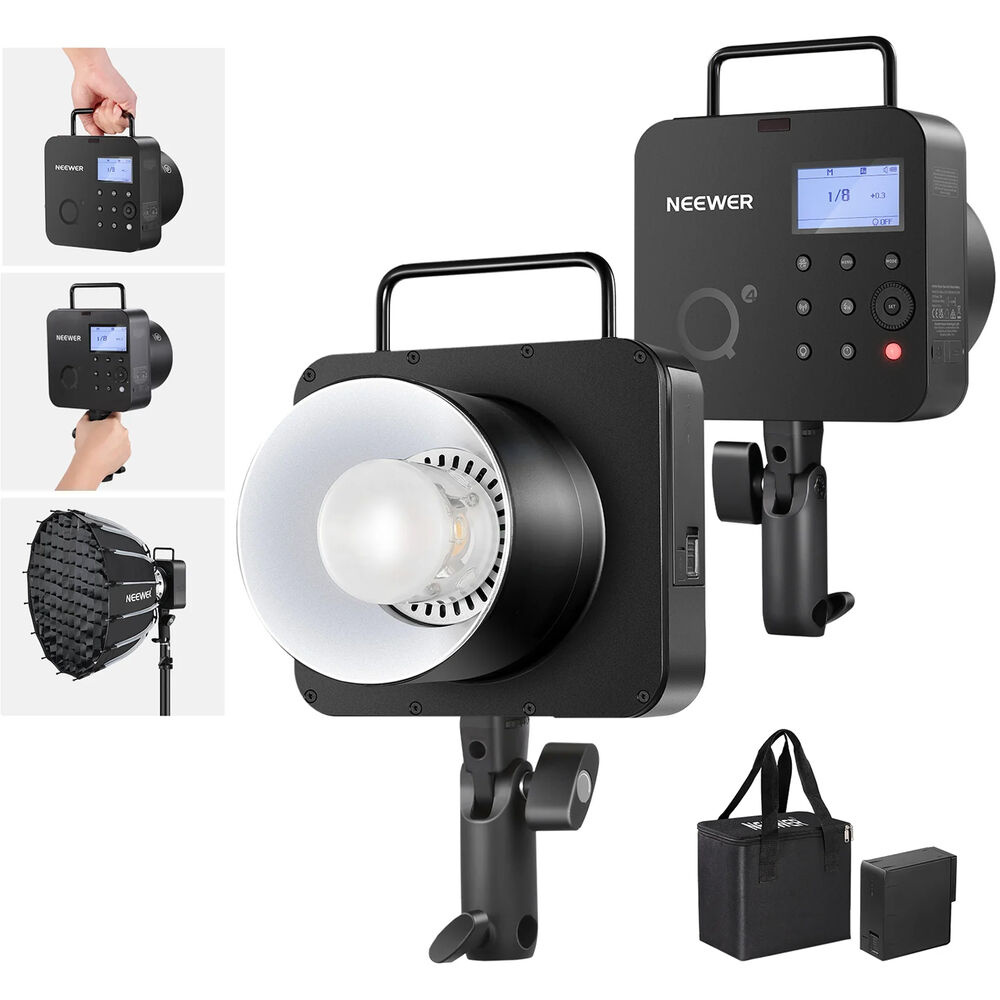
2. Westcott FJ400 $599
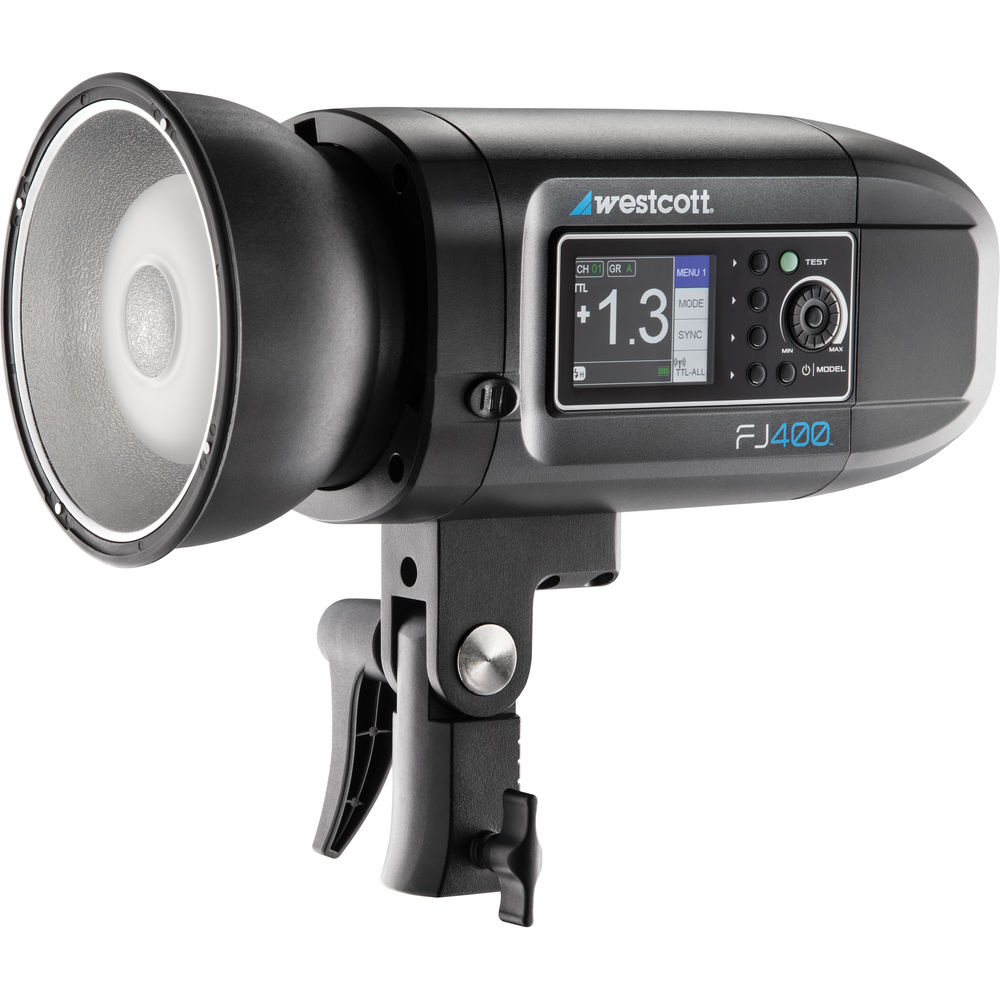
3. Godox AD400 Pro $650
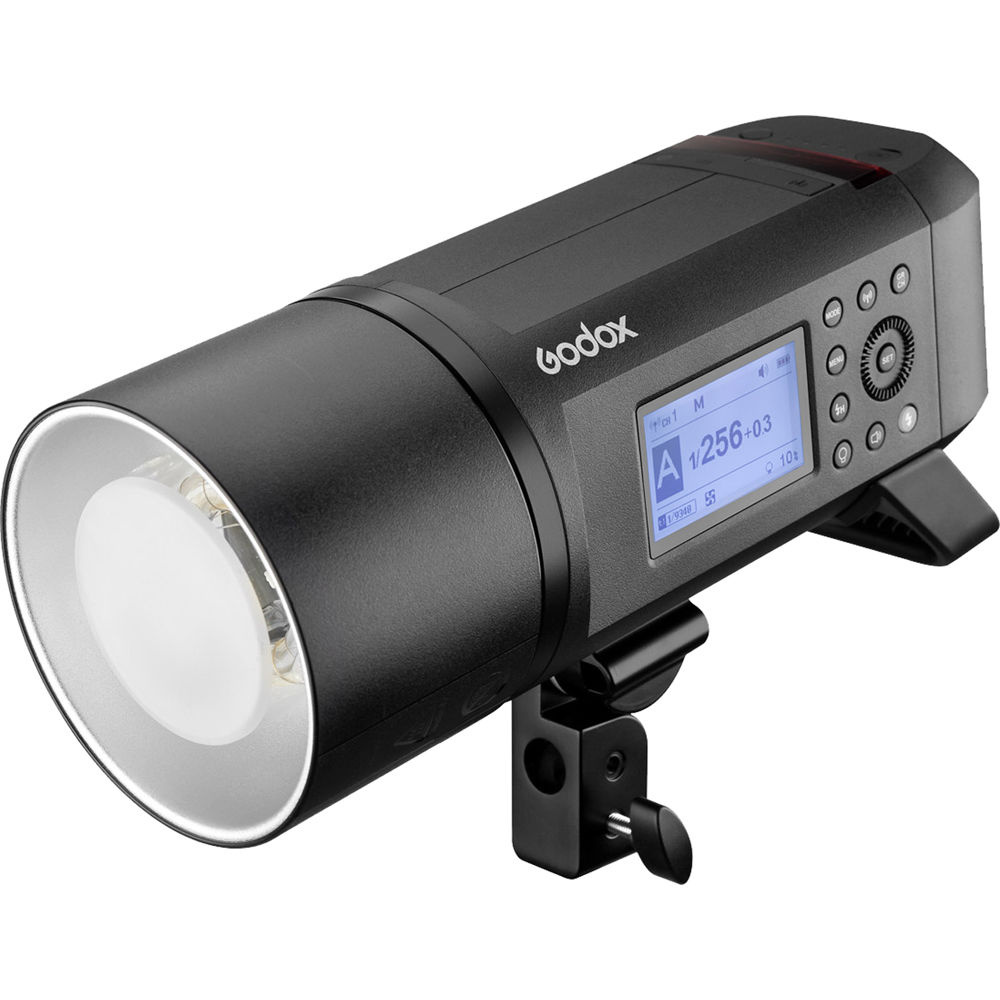
4. Godox AD600 Pro $799
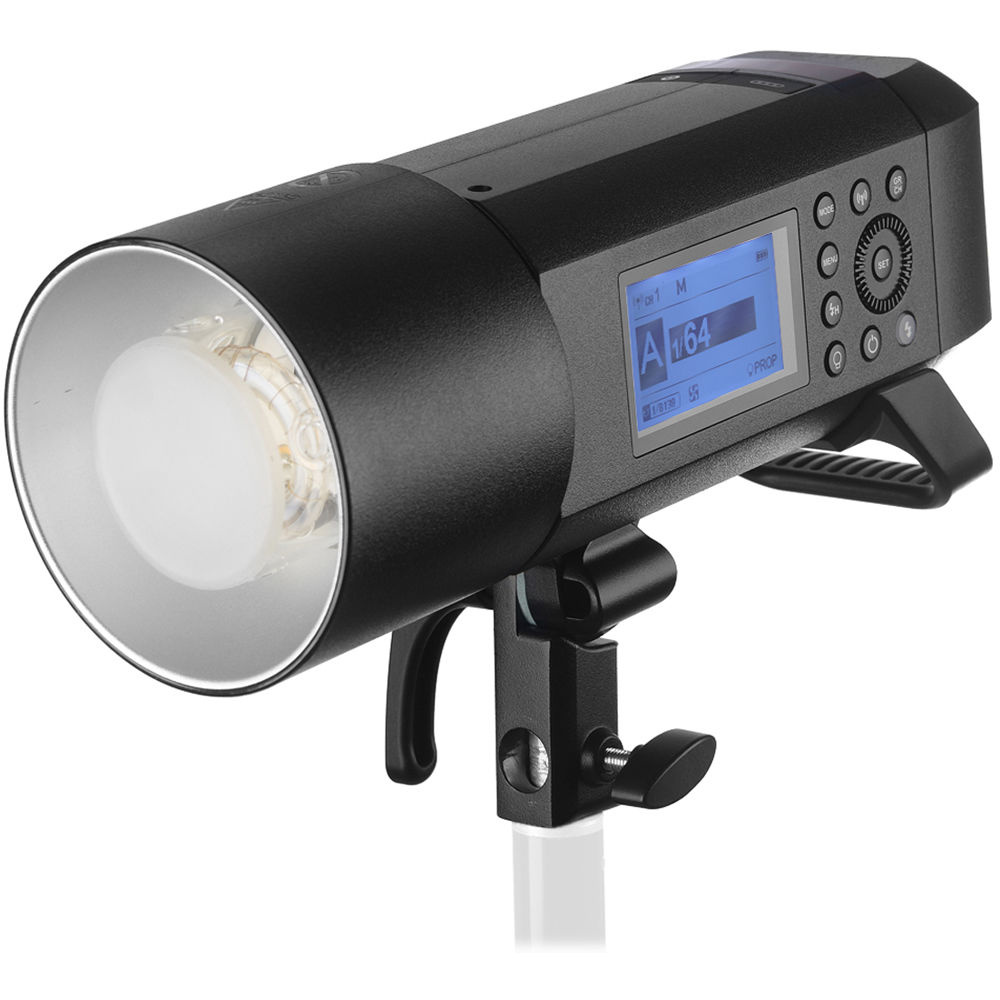
5. Godox AD600 Pro II $899
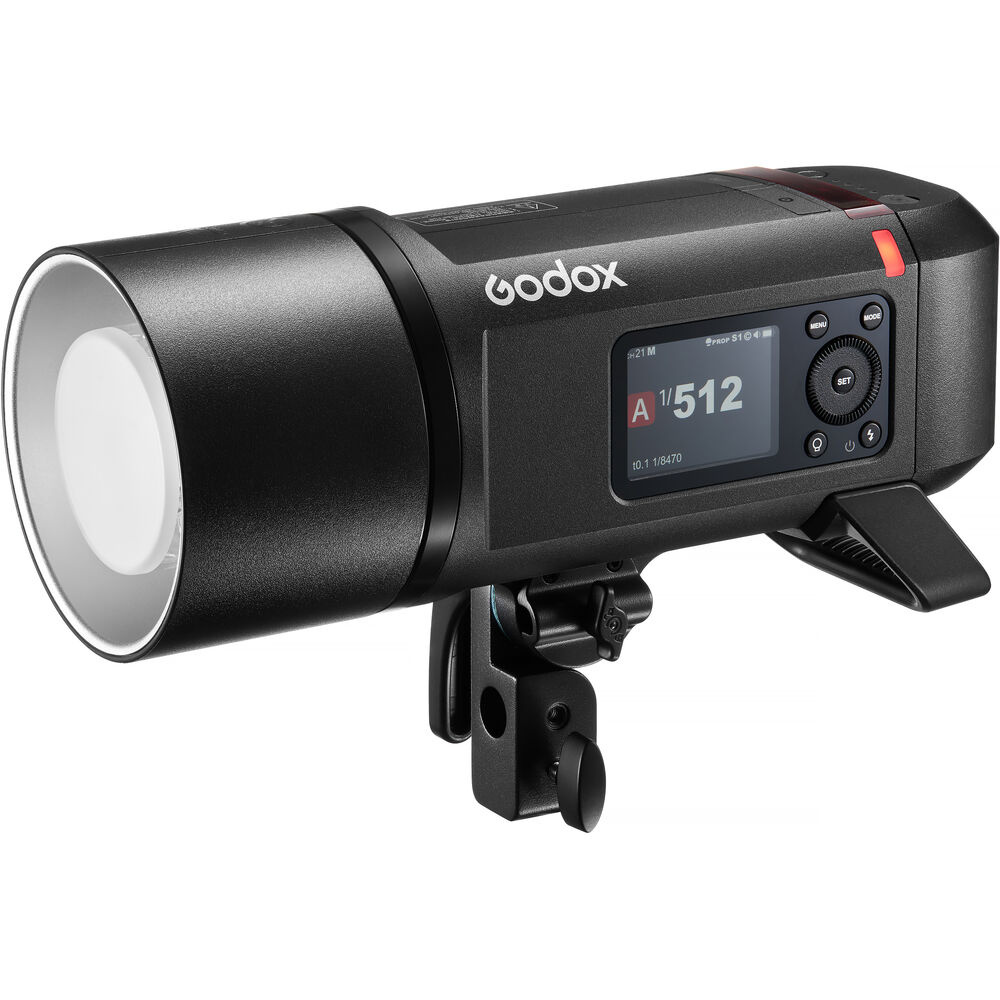
6. Profoto B10X $1,800
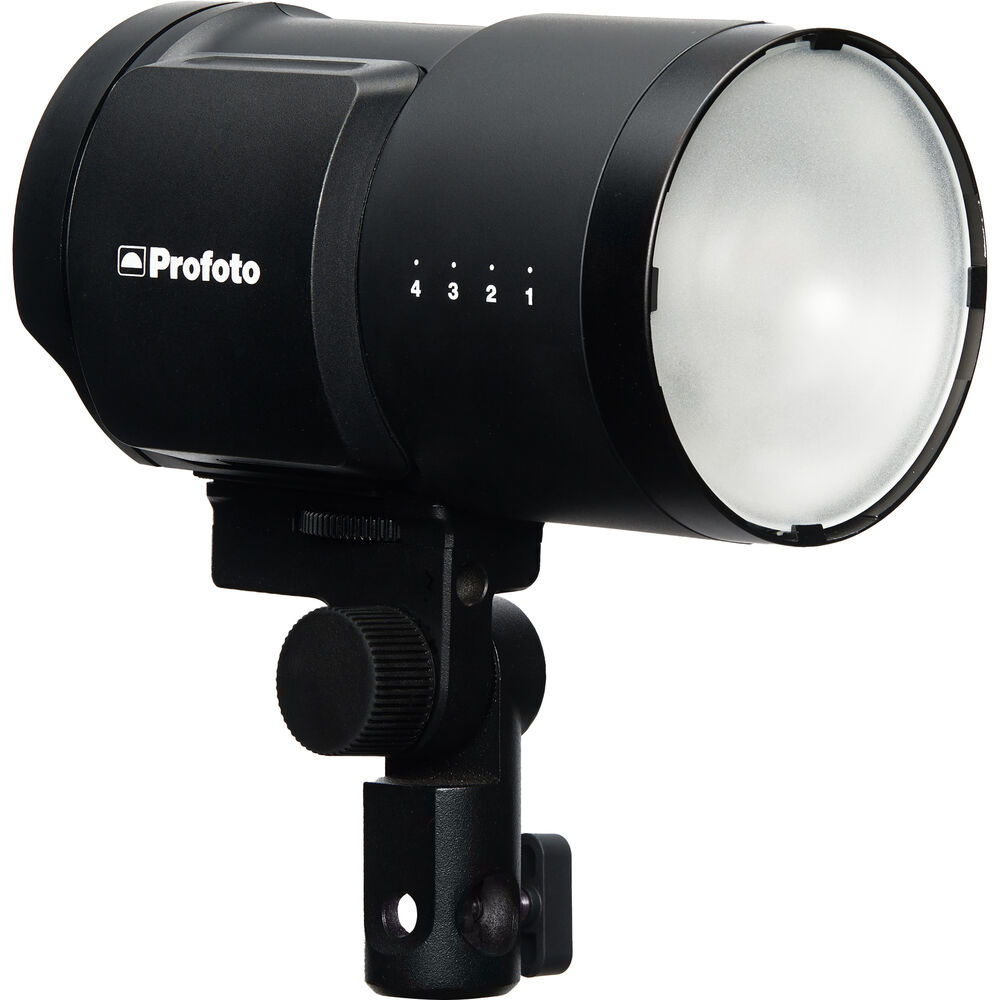
7. Profoto B10X Plus $2200
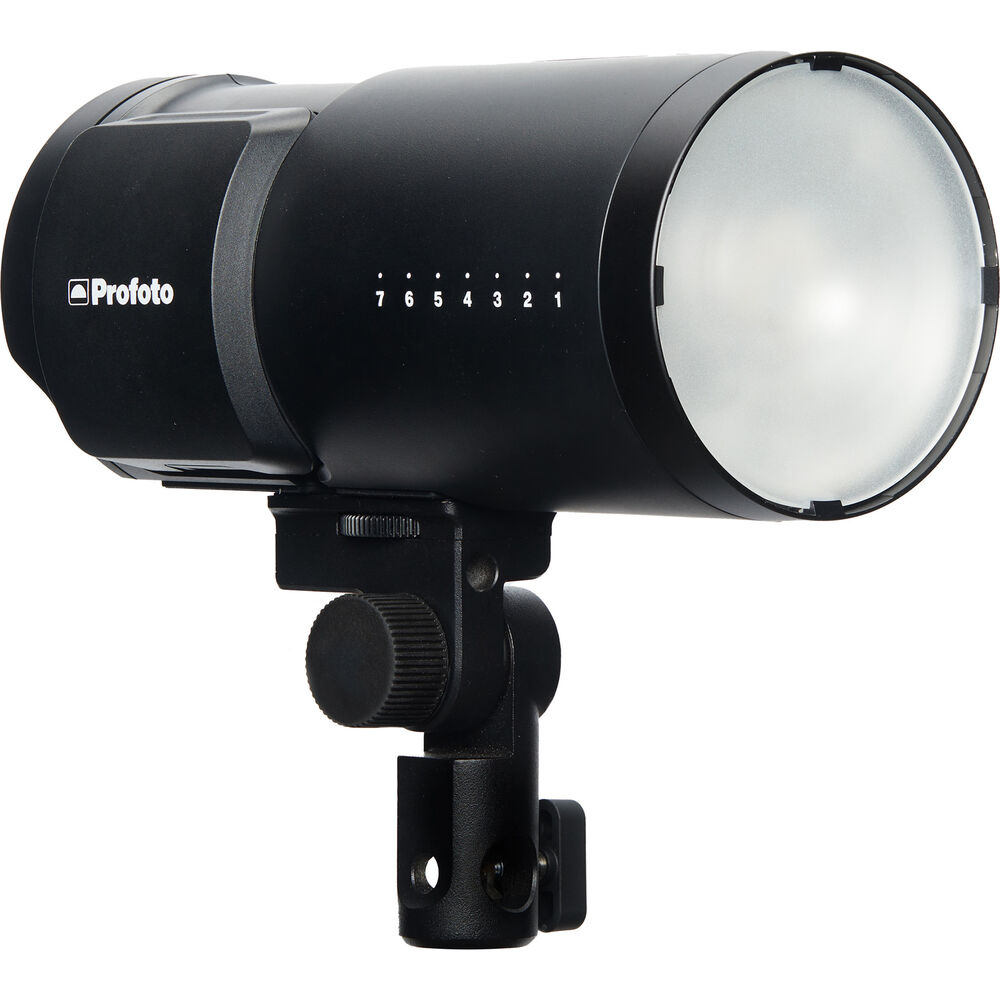
8. Broncolor Siros 800L $2800
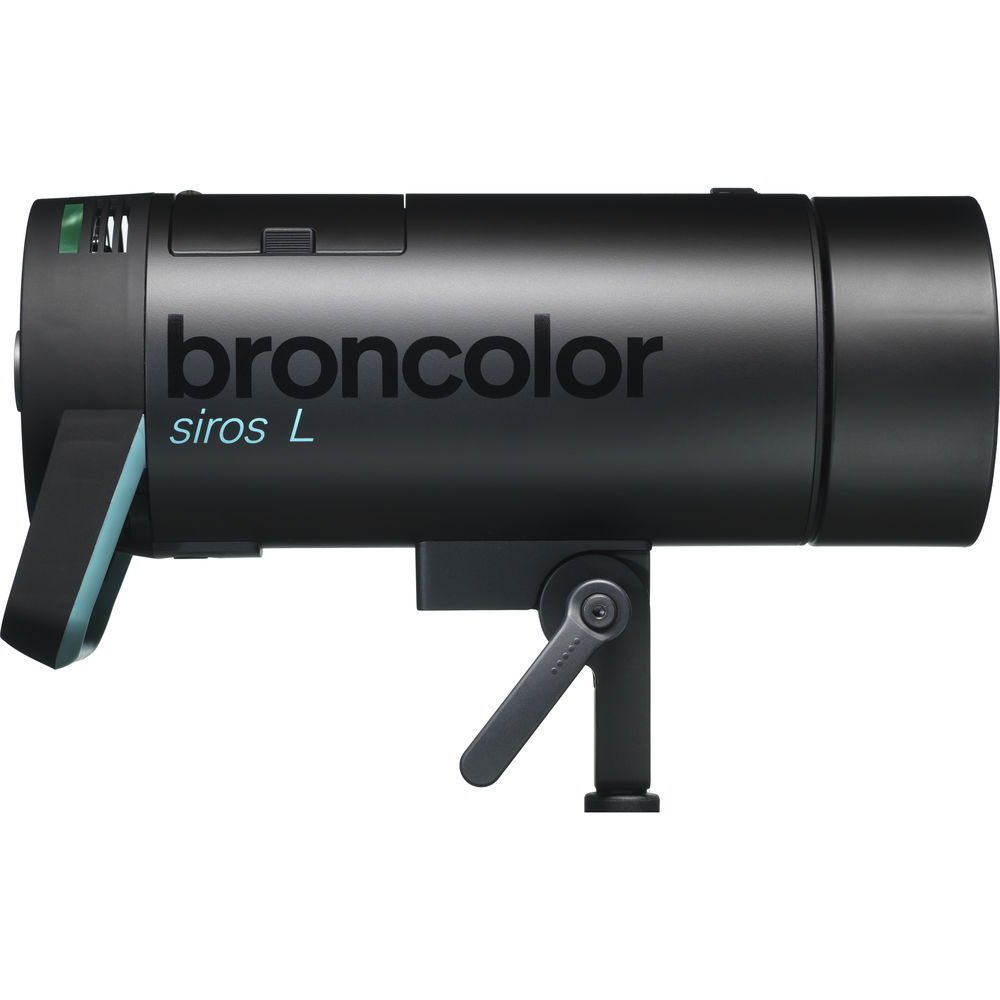
Power
For the power test we put all of the strobes in the same softbox and compared their output using a light meter. We gave the first flash we tested (Neewer Q4) a rating of "0" and then compared the other lights to it.
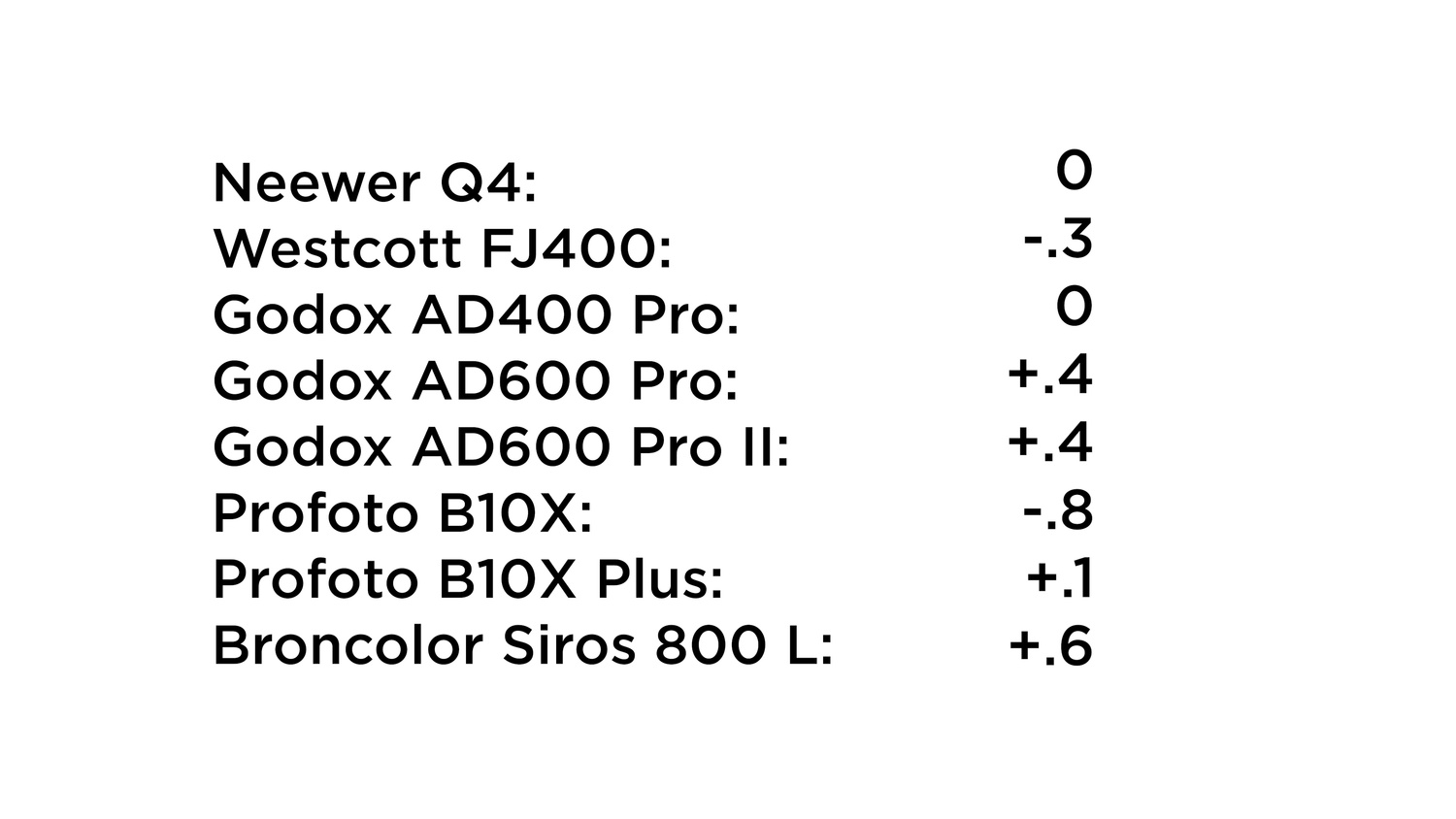
Winner: Broncolor
Although the Broncolor is the brightest strobe we tested, it certainly should be as it's the largest, most expensive, and claims to be 800 watts. That being said, it wasn't quite as bright as we were expecting and was only 0.2 stops brighter than the Godox AD600.
Loser: Profoto B10X
The B10X is by far the smallest strobe in the bunch and has the least output, as we expected.
Build Quality
Winner: Profoto
Both Profoto lights have noticeably better build quality than the competition. The lights feel more compact and solid and the accuracy and feeling of the buttons are noticeably better than any other strobe we've ever tested.
Loser: Westcott
The Westcott FJ400 feels slightly cheaper than the other lights we tested. It's a little larger, heavier, and clunkier than the competition and it's also a little less powerful. It's certainly not a massive difference when you compare it to the Neewer or Godox Flashes but if I had to choose a loser, it would be the FJ400.
User Interface
Winner: Profoto
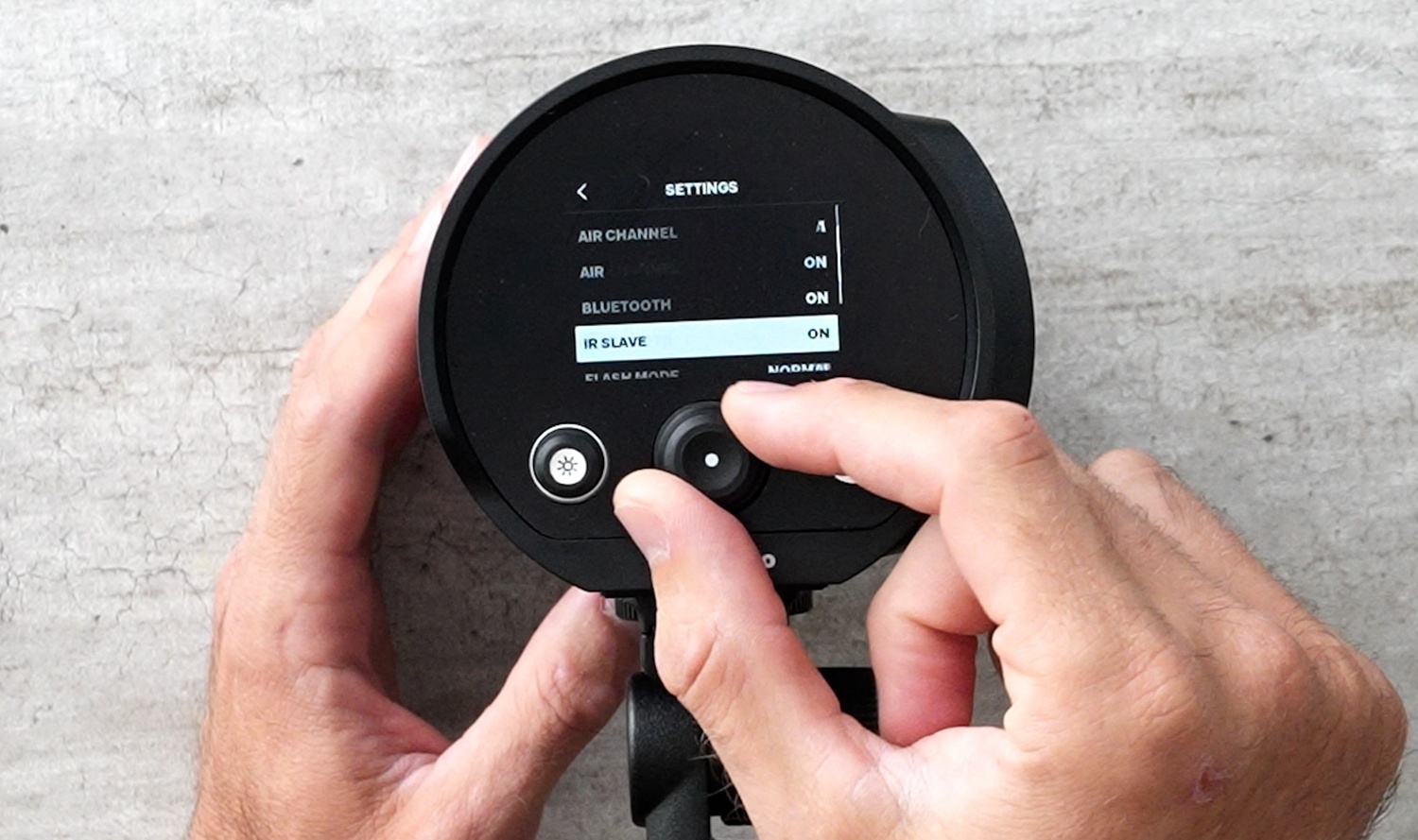
The Profoto lights have the cleanest, and fastest UI of the bunch. The screen is clear, modern, and uncluttered. The buttons feel amazing and are incredibly precise. With all of these Chinese companies copying Profoto's hardware, I'm not sure why they haven't copied their UI as well.
Loser: Broncolor
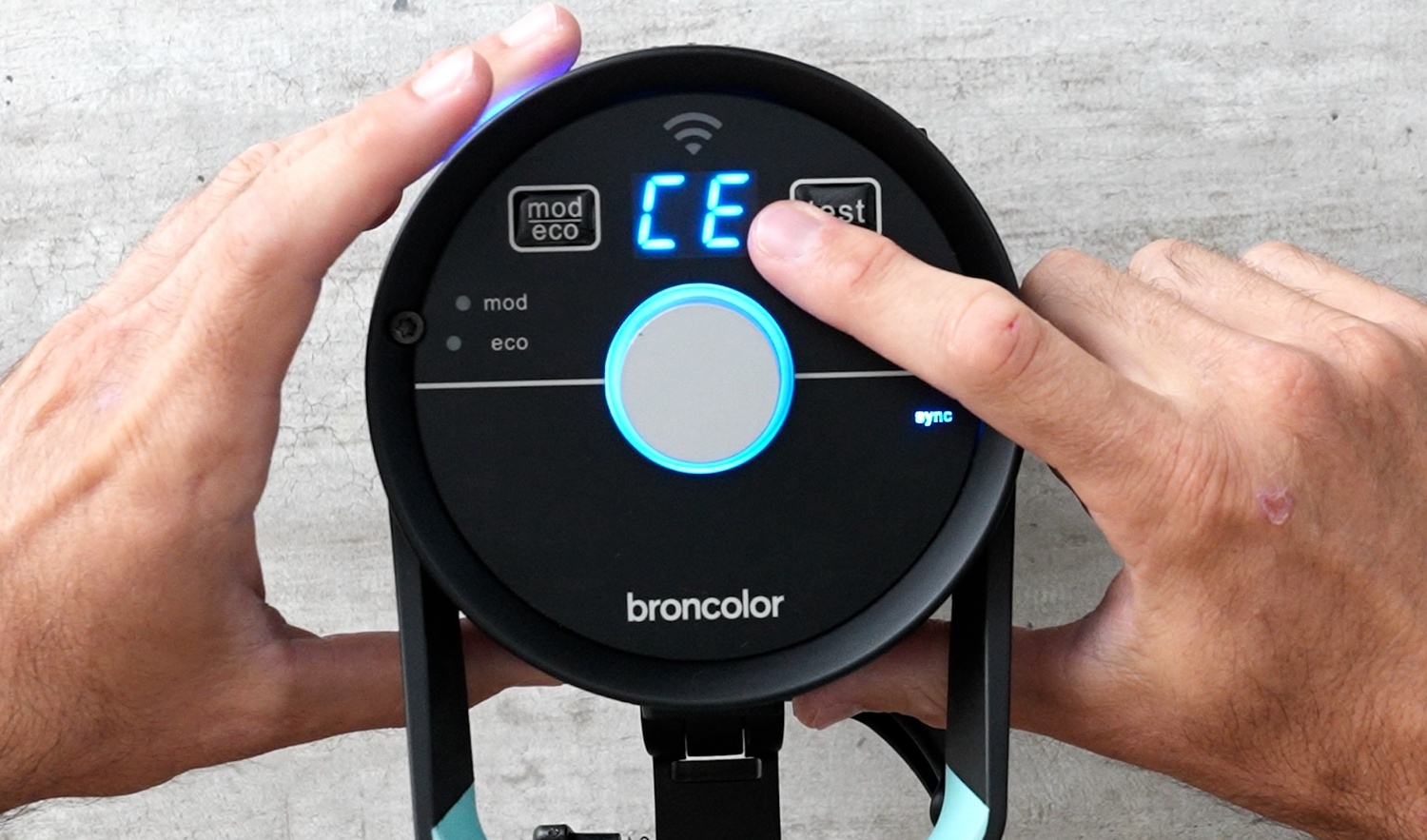
Instead of a modern screen, the Broncolor UI is more like a microwave's LCD. It holds almost no information, and little details are shown by random LED lights placed around the back of the light. Even changing the power output of the flash is a very slow process. This light's UI feels shockingly old, and should have been updated years ago.
Light Shape
Winner: Broncolor
The Broncolor and Profoto strobes were the only ones to have a beautiful smooth edge to their light. Profoto, however, has a permanent internal flash tube. The Broncolor has a removable reflector dish that allows beautiful focused light, or it can be removed to expose the flash tube, allowing the flash to fill modifiers more evenly.
Loser: Godox AD600
The shape of light out of Godox AD600 is the ugliest of the bunch. It has two strange looking rings that may appear in photographs if you want to use the edge of the light on a subject. That being said, this may be difficult to notice in real-world conditions.
Mounting Options
Winner: Tie
Although I personally prefer the simplicity of Profotos mount, the industry standard is the "Bowens" style mount and it comes on the Neewer, Westcott, and Godox lights.
Loser: Broncolor
Broncolor has it's own proprietary mounting system that is difficult to attach and then is loose and rattles when it's locked in place.
Color Accuracy
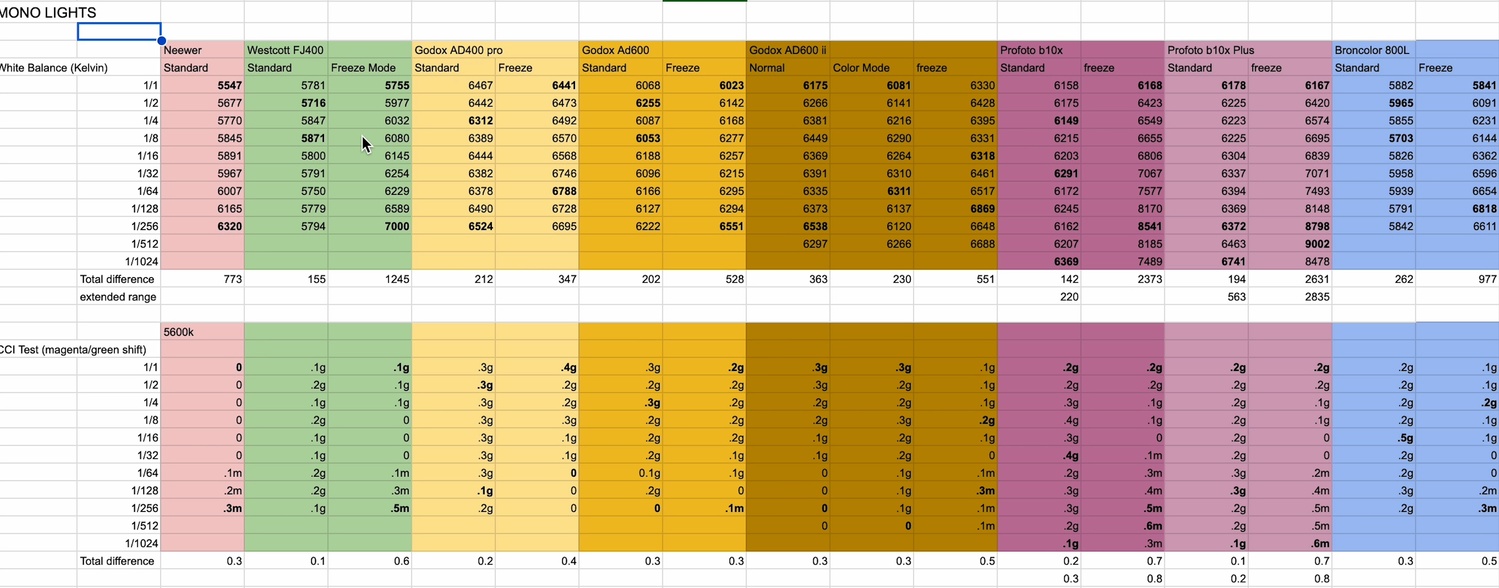
Winner: Profoto
The Profoto B10X was the most color-accurate flash of the bunch and only shifted 142 kelvin and CCI of .1 through its power range. Westcott came in a very close second. Watch the video above to do a much deeper dive into the color tests we performed.
Loser: Neewer
Neewer's Q4 had the worst color accuracy with a Kelvin shift of 773 and a CCI (green to magenta shift) of .3 when you compare the output at full power and 1/256th power.
Flash Duration

Winner: Godox AD600 II and Profoto
Most modern strobes have a "freeze mode" that creates faster flash durations at the expense of accurate color. The AD600 Pro II is the first flash we've tested that has amazing flash durations even in full power, while still maintaining color consistency. Profoto has the fastest flash durations at the lowest power settings, but Godox's new freeze mode is very impressive. Watch the video above to learn more about our tests.
Loser: Neewer
Neewer is the only flash in the group to not have the option to choose between "normal" and "freeze" mode and based on the numbers it appears that this flash is permanently in freeze mode as it has fairly fast flash durations and poor color accuracy.
Triggers/Remotes

Winner: Godox X3 and Profoto Connect Pro
The Godox X3 is an all new touchscreen trigger that is about the size of an Apple Watch. It's incredibly easy to use but it's so small that some of you may prefer using buttons. The Profoto Connect Pro is extremely expensive, but its UI and button layout make it a pleasure to use.
Loser: Broncolor
The Broncolor RFS 2.2 is so bad I thought I had ordered the wrong product when it arrived. It feels horrible, it requires extra button pressing to "send" a change to the flash, and it doesn't tell you the power of the flash on the trigger.
Wireless Range
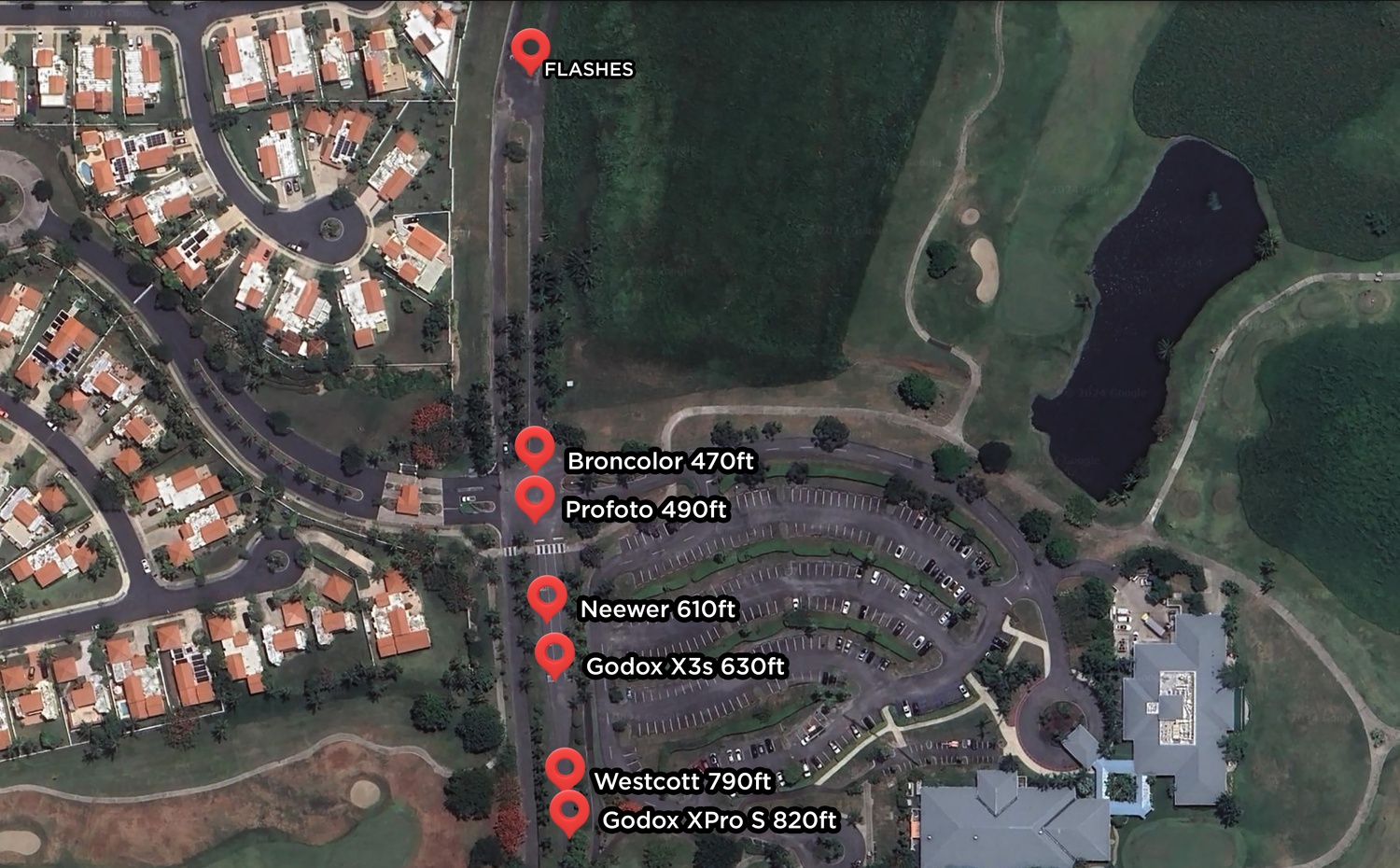
Winner: Godox/Neewer
The Godox XPro trigger fired lights reliably at 820ft with a direct line of sight. The Neewer had the best range with my obstruction test at 560ft.
Loser: Profoto/Broncolor
Broncolor had the least range of the bunch at 470ft with direct line of sight. Profoto lost the obstruction test with a range of only 60ft.
Modeling Lights
Winner: Godox AD600 Pro II or Profoto
The AD600 Pro II had the brightest LED light of the bunch and it can color shift. Both Profoto lights were dimmer, but they also can color shift. All of the Godox lights have a fan that immediately comes on when the modeling light is turned on but Profoto can be used for a while before the fan comes on. If you're using the LED's for video, and you're recording audio, you'll prefer the quieter Profoto lights.
Loser: Westcott
Westcott's FJ400 has one of the dimmest LEDs and it can't color shift.
Stress Test
Winner: Westcott, Profoto, and Broncolor
The Westcott, Profoto, and Broncolor lights were able to fire nonstop at full power until their batteries were completely drained. The B10X lasted the longest, but that's to be expected as it's the lowest power flash of the bunch.
Loser: Godox
All three Godox lights started to overheat after 80 flashes and the flash limited shooting to every 8 seconds. After around 100 flashes, all three lights stopped firing at all even though they had half of their battery power left.
Conclusion
Neewer Q4
Although this flash only won the obstructed range test, it was right in the middle of most of our tests. Being that this flash is currently on sale for just $300, it is by far the best value of the bunch.
Westcott FJ400
The FJ400 is another great value for the money. It performs slightly better in most tests when compared to the Neewer and it's an amazing value at just $600.
Godox AD400 Pro, AD600Pro, AD600 Pro II
All three Godox lights performed very well but being that the AD600Pro II just came out, and has some pretty impressive new features, it's clearly the one to buy. For $900 the AD600 Pro II is amazing. It has arguably the best remote, the best range, the best flash duration, the best LED, and its only .2 stops less powerful than than the much larger and more expensive Broncolor. Perhaps the biggest problem with this light is the fact that it overheats quickly when shooting rapidly.
Profoto B10X and B10X Plus
If you appreciate design and build quality you'll love Profoto, but you will pay dearly for it. Luckily you'll get more than bragging rights for your extra cash. Both Profoto lights are the most compact, they have the best UI, arguably the best remote (if you prefer buttons), the best color accuracy, the best flash duration (at lower powers) and they have no issue with overheating. My biggest complaint with these flashes is that the wireless range was poor compared to the competition.
Broncolor Siros 800L
Although the Broncolor was the brightest, it was only .2 stops brighter than the Godox AD600 and it cost 3 times more and the Godox was better in almost every category. The Siros 800 is incredibly old at this point and it shows. You'd have to be crazy to spend $2800 on this light in 2024.
For more details about all of our tests, make sure to watch the full video at the top of this post. If you're a professional photographer or you're looking to go pro, check out all of our full-length tutorials at the Fstoppers Store and join our photography contests for free to win thousands in prizes.
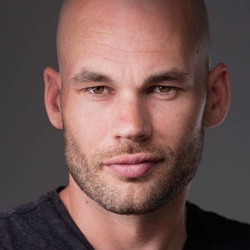






I've used a lot of Neewer gear over the years and always been really impressed by the quality relative to the cost. Its never the best gear possible, but for the price I've never seen any company do better.
My only complaint with Neewer is that their Bowens mount can be really inconsistent. Sometimes I can't mount Bowens modifiers on certain Neewer Bowens lights because it doesn't fit.
I would have liked to see the Elinchrom Five included in this showdown.
Ya I'm not sure how I overlooked that one.
I'd toss the Ad200 Pro in there as a fun spoiler strobe -- it punches so far above its weight based on price and has a great ecosystem. Doubling them up with the bowens mount adapter for when you need more strobe power works great. Battery life is stellar as well.
Most impressive is the fact Profoto lights keep going until battery is empty. But what happens if you use it in HSS mode?
About trigger the X-pro triggers have the option to get one group large in the display, quite similar to a Profoto. That trigger also support TTL to manual. Westcott also support TTL to manual, but not in HSS mode. Broncolor strobe and controller don’t support HSS at all.
I don’t know why AD300 was not in the test, as it is closer to Profoto in all ways, even a adapter for Profoto fitting is available.
Also you have left out a really strong brand. Elinchrom. They have released a couple of strobes that are so nice they would deserve a place in this test. One, Three and Five.
I would say the sharpest contenders towards the Profoto would be Elinchrom Three and Godox AD300. Where a AD300 is 25% of the price of a Profoto, Elinchrom Three is about 50%.
I too would have like to see Elinchrom's covered here. They offer a few options and offer spectacular light modifiers.
Where is the test for the 400ws Siros L? I am not impressed.
In short, no rattle, instead, just a system well ahead of the competition. On any Broncolor head with this accessory mount system, the fluidity is normal and by design. It allows to rotate the accessories nearly 360 degrees.
Now the full explanation:
Accessories with Broncolor have a circular rim with two “fingers” at the opposite edge of the rim. One finger is much "wider" and the other is “taller” coming out more and that’s the one you want at top when installing the reflector.
Mechanically, most heads apart from the Pico and Mobil heads (much smaller in design) and the Primo have a nice size slider that you pull out when inserting an accessory. It’s held by a strong spring. Attached below the slider is a strong pin.
The receiving end of the head itself has two matching holes where you insert the top and bottom fingers then rotate left or right enough to re-engage the pin and hold the gate closed. Now the accessory can rotate left or right at something close to 359 degrees and that’s because the difference in shape of the two fingers allows such rotation safely even at 180 degrees. This system is well over 40 years old and allows for the use of nearly any accessory ever made by the brand.
So what’s the point? If you want to change the angle of your strip box or other accessory, it takes you one second to make a change thanks to that thing called “rattle”. That little gap is what allows the rotation, it’s as simple as that.
Now one more thing, the reflector that comes with the Siros does not have a metal mount which is unique. That sounds weird but it’s also lighter being made of plastic since, indeed, those are heavy lights. That reflector is actually never subject to any form of weight or abuse. I have two Siros and even with the fan on I have never heard any rattle and that’s due to two metal formed little spring on the end (receiving) of the light’s head inside the cage that allows to hold accessories. They push gently the rim back (outward) to allow some light friction. If it wasn’t for those springs there would be no gap when Lee stops pushing down in the video. Also you can see how the pin stops him from rotating at a certain point and he changes direction.
I will admit, I’ve seen people complaining about Broncolor for it’s mount before, but I don’t think they took the time to understand why it feels fluid.
Remember the video says it’s the best of all reflectors used here when it comes to light quality! Not too bad for a plastic entry level I guess. In the end, that’s what counts. Buttons, may be? I’m not that sure.
Also,
Broncolor does have an app to control and group lights, for the past 10 years in fact. You can even control flash delays independently. There is a photo that shows the app on a Siros story from 2014 on FS.
All my radios work at least 1000ft and I don’t know how far after that. Tested all of them about 5 years ago.
Siros have receivers built in, however Broncolor's transmitter can be set as receivers as well for older equipment or even other brands. The transceiver can also be set for Hyper Sync (not HSS). It's extremely reliable.
For note, I don't work sale or have any relation with Broncolor. 70% of my equipment was purchased used some is 30+ years old. I just don't feel that the Siros was treated properly in this review.
There are many other arguments in favor of Broncolor that persuaded me to change systems - the possibility of repair after years (...or decades)... with other well-known manufacturers (e.g. generator), spare parts are no longer available after a few years. Compatibility / color consistency over the entire system etc. (mixed operation generator/battery flash/monoblock)... and crucial: the exposed flash tube. For some light shapers, this is simply a prerequisite.
I upgraded to a two B10X Duo packs from my Nikon SB-910s. They are excellent. I have also rented both Broncolour and Profoto battery packs. I tried Godox, but they are crap and can’t handle heavy shooting.
I wonder if the Neewer flash got it shape from cost savings, where a single board construction for most of the components is far cheaper from a BOM standpoint than doing multiple PCBs and multiple board to board interconnects.
As for broncolor, it seems like they focus heavily on loose fitting stuff for just studio use, and it seems like they farm out things like their flash trigger to the same company making the transceivers for godox. Weird thing is that they charge insane markups like Apple and Nvidia, but with none of the innovation, instead they seem to just refine old designs like crazy until they have a range of products where everything works and operates the same with largely transferable settings (at least that is what I gather from checking out videos on their use of products in their ecosystem.
For Godox, I think they still use 5 double sided PCBs in their AD400s and AD600s and multiple board to board interconnects on multiple areas, which pretty much means less automation in the assembly process.
So basically you are admitting to never have used any Broncolor, but you are an expert at it. Because they use a Godox shell, the inside is Godox design? Is that what you are pretending. Wrong, Godox doesn't even use Hyper Sync, but the Broncolor transceiver are fully HS operational. In fact I can't find out if the Godox that shares the same shell has transceiver capability. All Broncolor innovations for the last 50 years are on Godox, not the opposite. Do some search before coming to conclusions.